Using textiles reminds contemporary embroidery artist Cécile Davidovici of childhood comforts. After her mother’s death, Cécile Davidovici found that having something tactile to work on brought on a state of mindfulness and helped her through the grieving process.
Cécile had a creative childhood and studied drama, film and theatre, going on to write and direct movies exploring the link between innocence and illusion. She discovered embroidery after losing her mother and began to stitch images of her fading childhood memories. Still working to her themes of innocence and illusion, she wanted to capture and consider the hazy moments from her past, that she had glimpsed in old family home movie videotapes.
Her recent solo exhibition <<1988 at mi*galerie in Paris captures these memories, connecting with others who are mulling over past times. Freeze frame images from her childhood have been painstakingly reconstructed using thick six-stranded cotton and freestyle stitching with an impressionistic style, emulating the low resolution moving imagery seen in home videos from the 1980s.
In this interview Cécile shares how she discovered embroidery at an emotional time in her life, using it to help with the grieving process and re-live her childhood memories. You’ll discover how she explores and experiments to keep her work fresh, using ideas from flea markets, antique shops and world textiles to inspire her. And you’ll learn how she goes about transforming fabric into memories and emotions.
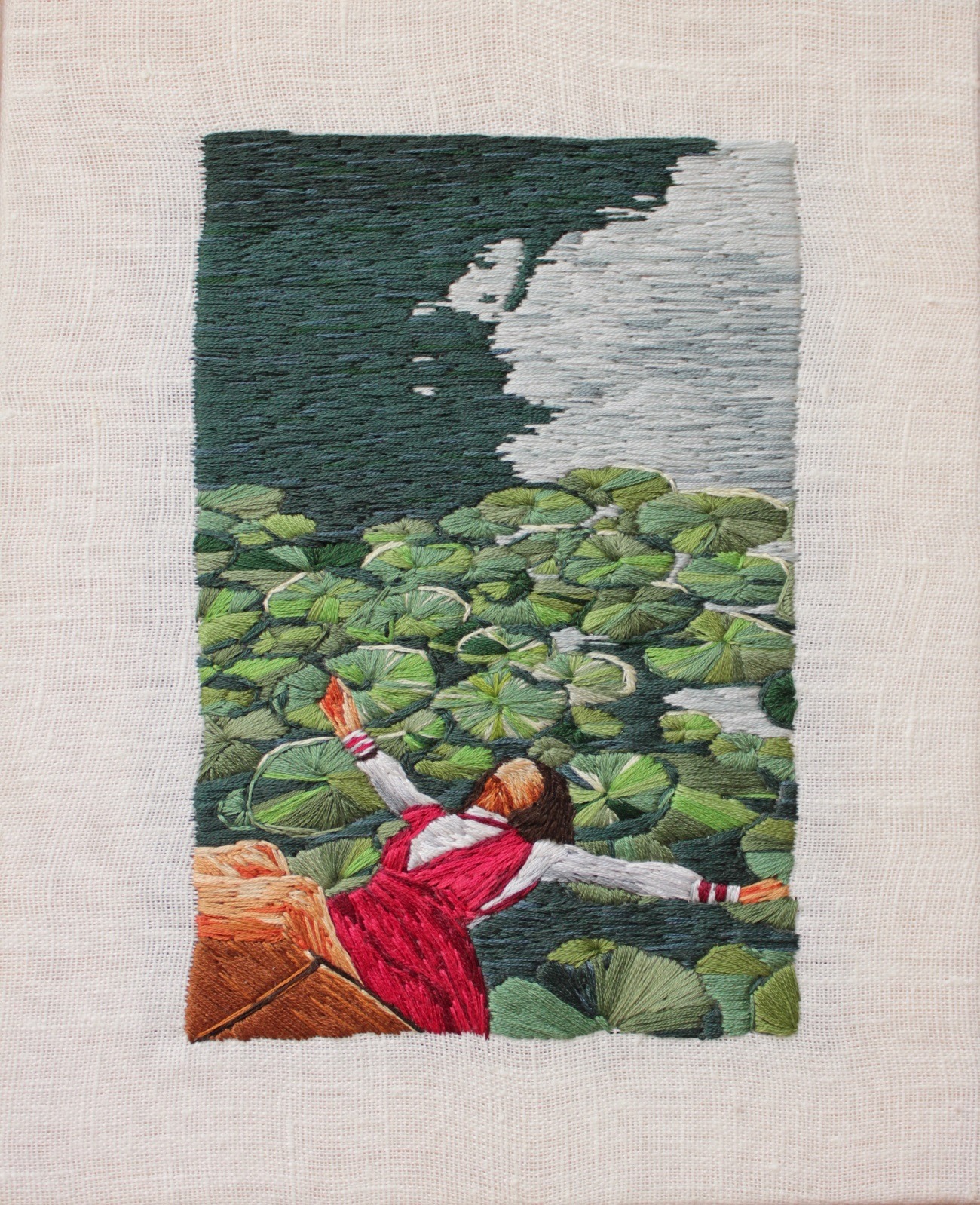
Born into textiles
TextileArtist.org: What initially attracted you to textiles as a medium? How was your imagination captured?
Cécile Davidovici: I came across textiles as a medium quite recently. I started my artistic journey as a film writer and director and was always drawn to telling stories with images.
When my mother passed away a few years ago, I felt I needed something a change in my life but it took me some time to figure out what that was. I realised that I was missing the tangible aspect of things. I was missing working with my hands, creating something I could touch.
My embroidery started first as a hobby but quickly became essential to my artistic process. It was clear that I had found my new medium for telling stories.
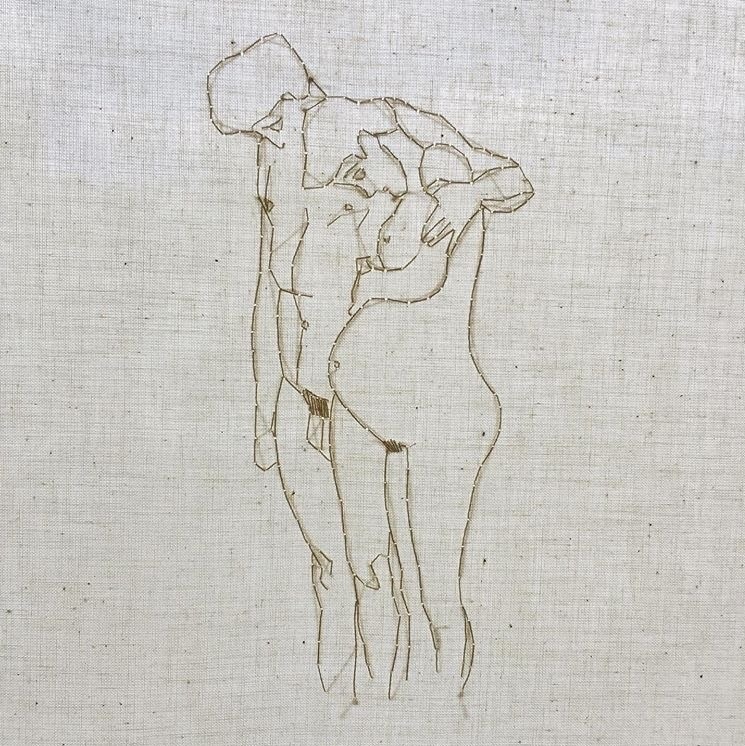
What or who were your early influences and how has your life/upbringing influenced your work?
My parents were probably my biggest influence. My Dad is a music composer and my Mother had the most incredible imagination; she was always looking for creative ideas. As a child, I have always been pushed to express myself through art and allowed to experiment with all kinds of creative activities. I took acting courses, piano lessons and drawing classes.
Although working with textiles came to me recently, it has always been there. Textiles are a part of everyone’s lives from the moment we are born, and working with textiles brings back to me the comforting and warm feeling of my childhood.
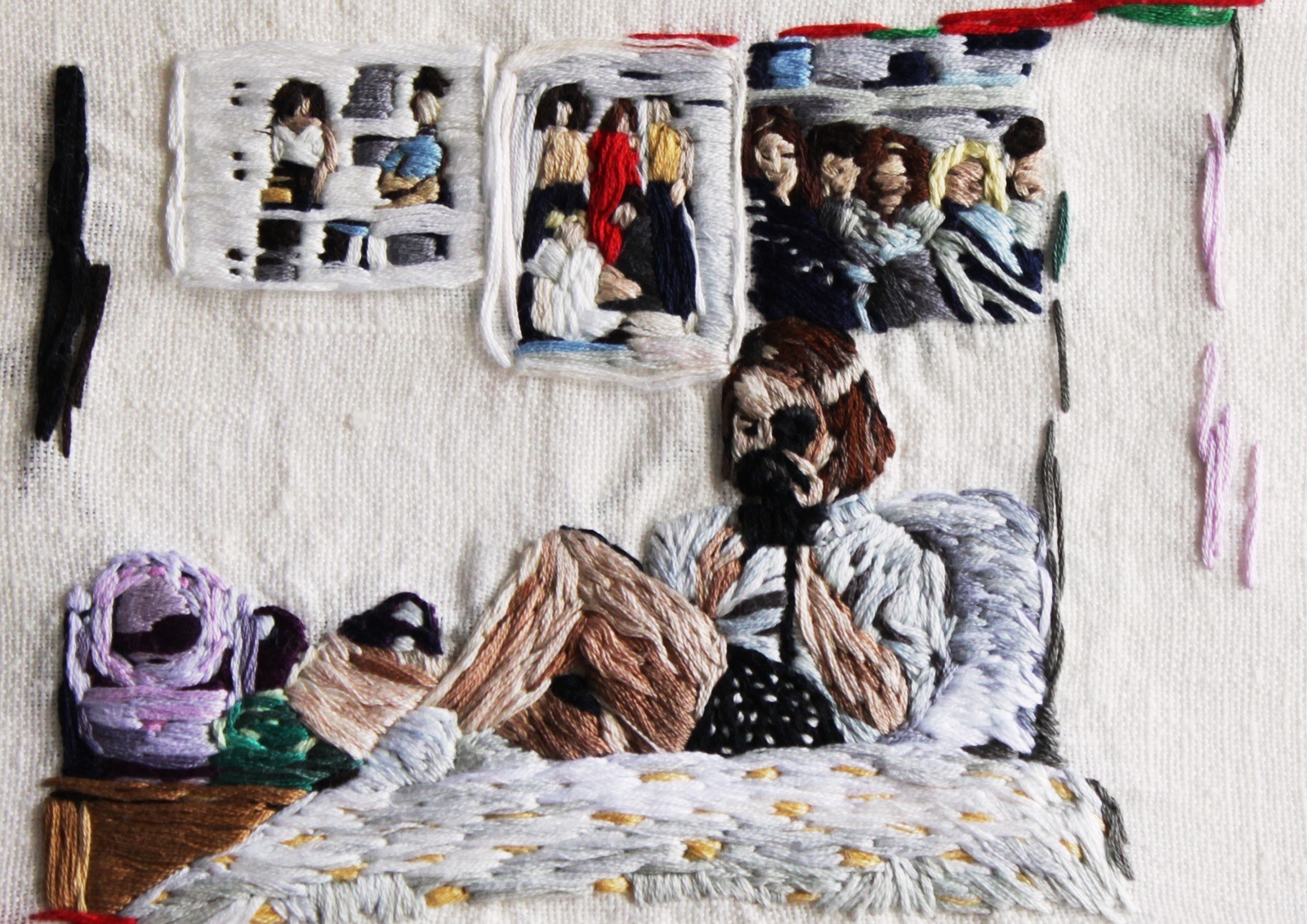
What was your route to becoming an artist?
I’ve always been part of an artistic household. It never occurred to me to work in another field. But I never consciously made a decision to work in the arts. It just evolved. I was quite a shy child, so art became the best way of expressing myself.
Calling myself an artist was another story though. I found it particularly difficult as a woman working in textile arts. Embroidery is still very much underrated as an art form. When you mention it, people immediately think of Grandma embroidering cute little flowers on a Sunday afternoon. This needs to change. We need more women artists to take steps to ‘own’ their art.
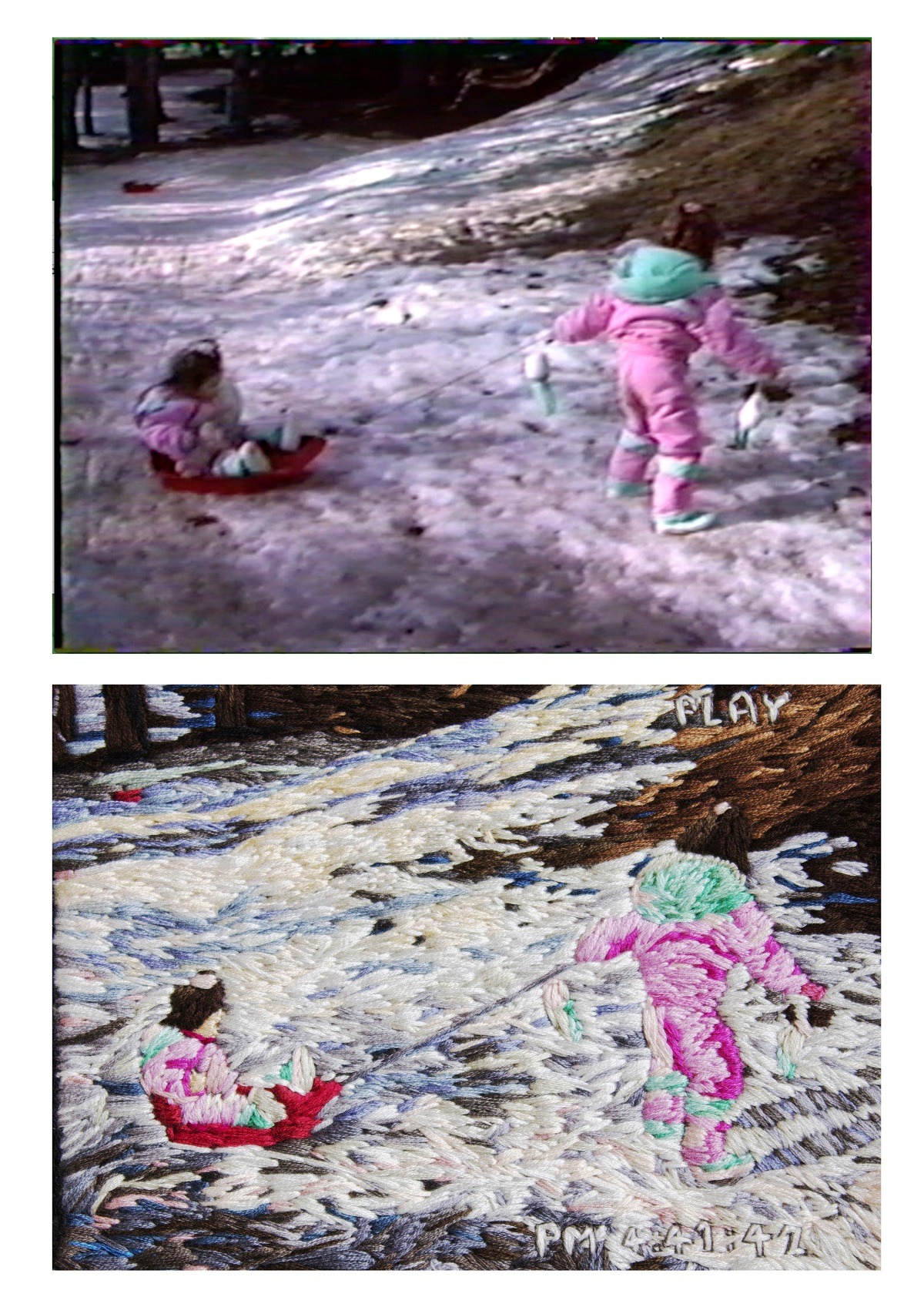
Videotapes to stitch
Tell us about your process from conception to creation
My biggest project so far is called <<1988 and was conceived with David Ctiborsky. It’s a series of eight pieces based on my parents’ VHS videos from my childhood.
Here my artist statement for the project:
“I watch with fascination the VHS movies of my childhood, filmed all those years ago by my parents. Did I really live these moments? The image-memories feel distant from me. I was so little. It was back then when my mother was still alive.
I pause the film. A question calls out to David and me. What if the tangible material of the magnetic tape could be reimagined as textile material?
In the answer to that question and through a slow and patient transformation, the VHS images, which were originally meant to be the keepsakes of a past time, find a new meaning. Each frozen frame, born as a fleeting 1/25th of a second on the magnetic tape, is explored, deconstructed and reconstructed.
During weeks of work, I painstakingly sculpt each detail. It’s a sacred time during which I am repaired and re-born. Of course, I lived these moments. And now, I can feel them under my fingers.”
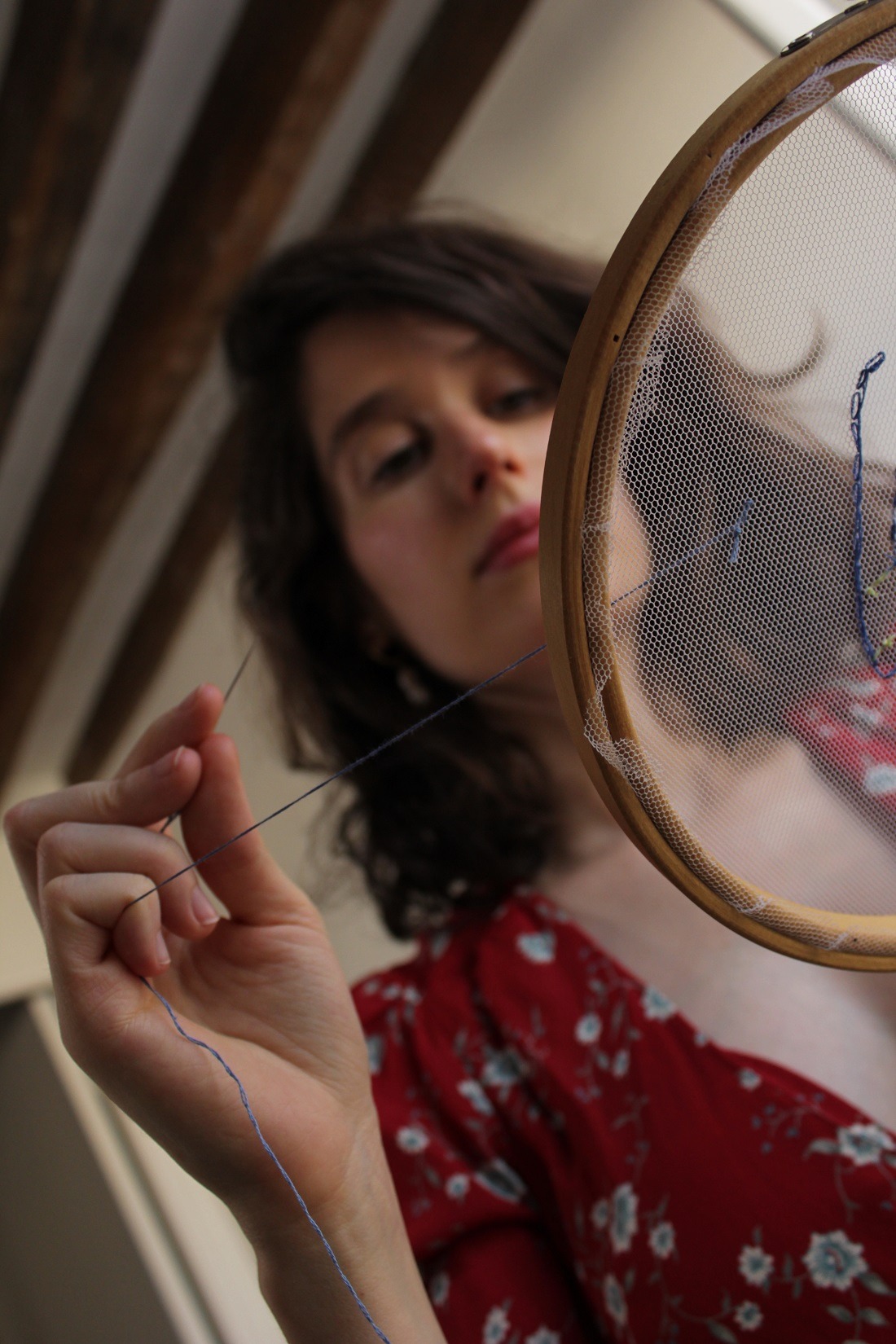
Tell us a bit about your chosen techniques and how you use them
My embroidery technique is not very classical as I don’t use the most common stitches. My style requires mostly freestyle embroidery. I follow the movement of the faces or piece of clothes I’m embroidering. I focus on the light with my choice of colours and a sketchy style.
For <<1988, it was also important to reflect the VHS aspect so I decided to work with 6 strands of thread at a time to give it a thick texture and not too much detail.
For other works when I’m looking for a lot of detail, I use only one strand. It requires patience, but that’s the magic of it.
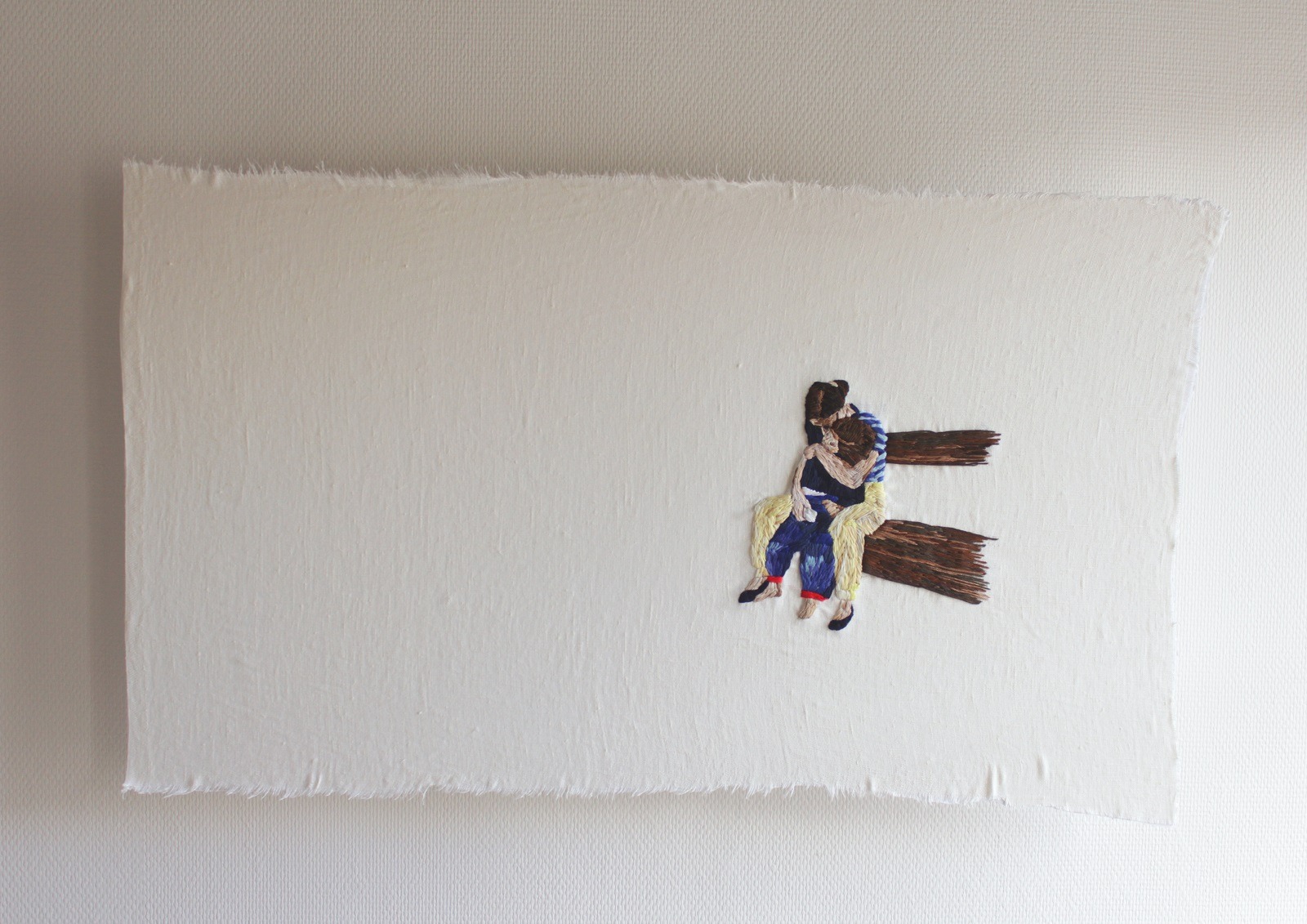
What currently inspires you?
I am very inspired by the past, everything that relates to innocence and nostalgia. I love walking into antique shops and old flea markets.
I love to nourish myself with knowledge of craft and textile from other countries. Being open to what other artists are creating is also very inspiring and challenging for me.
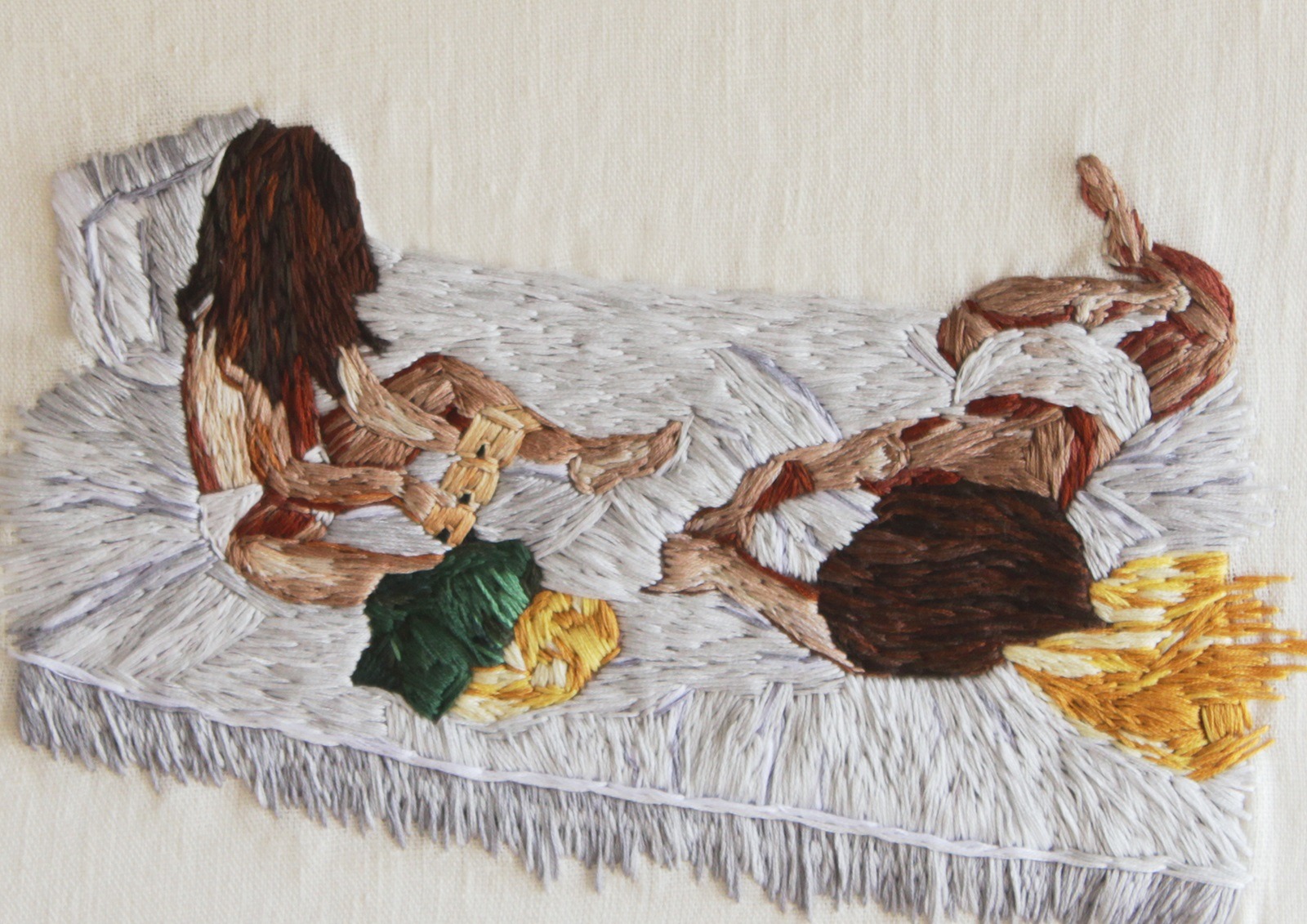
Fabric memories
Tell us about a piece of your work that holds particularly fond memories and why?
My favourite piece of work so far is from my <<1988 series. It’s from a capture of holidays in Greece with my parents and my sister. It shows my sister and me in a bed, playing with a little wooden toy.
I think it’s my favourite piece because I love the vibe that emanates from it. It brings back a lot of memories and emotions from that time.
And most of all, I know that it talks to and touches other people – people who don’t know me. Textile art allows me to transform a piece of fabric into emotions. That’s what I try to do and that’s what drives me.
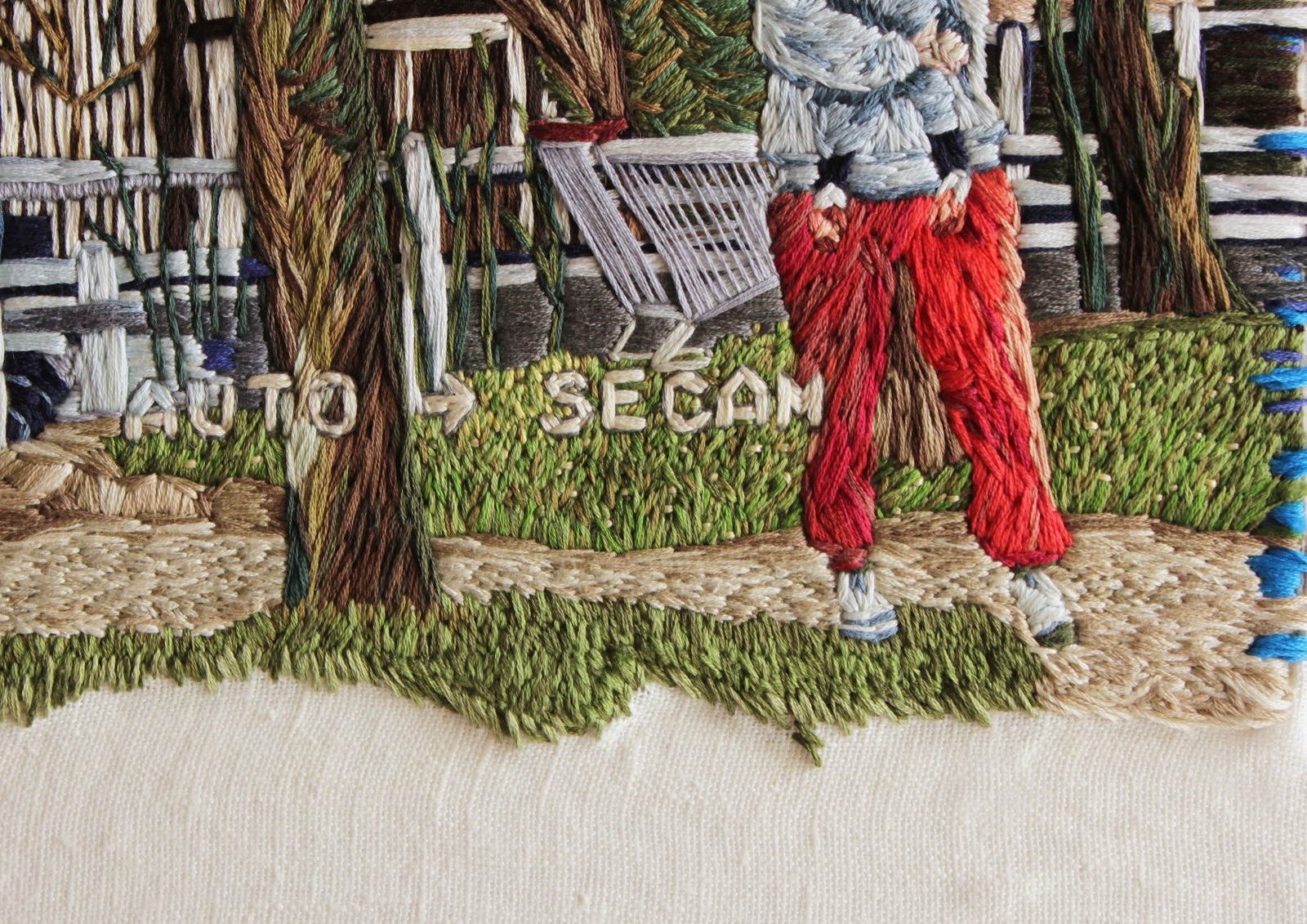
How has your work developed since you began and how do you see it evolving in the future?
My technique has definitely improved a lot since I started. I am less afraid to try and less afraid to fail. I know from experience now that making mistakes is part of my process, and it helps my style to evolve as well.
I try to move my process forward constantly and like to experiment. I get bored easily which is pretty ironic for such a slow medium, I know! But I know that experimentation makes my work better.
I would also love to try mixed media alongside my embroidery.
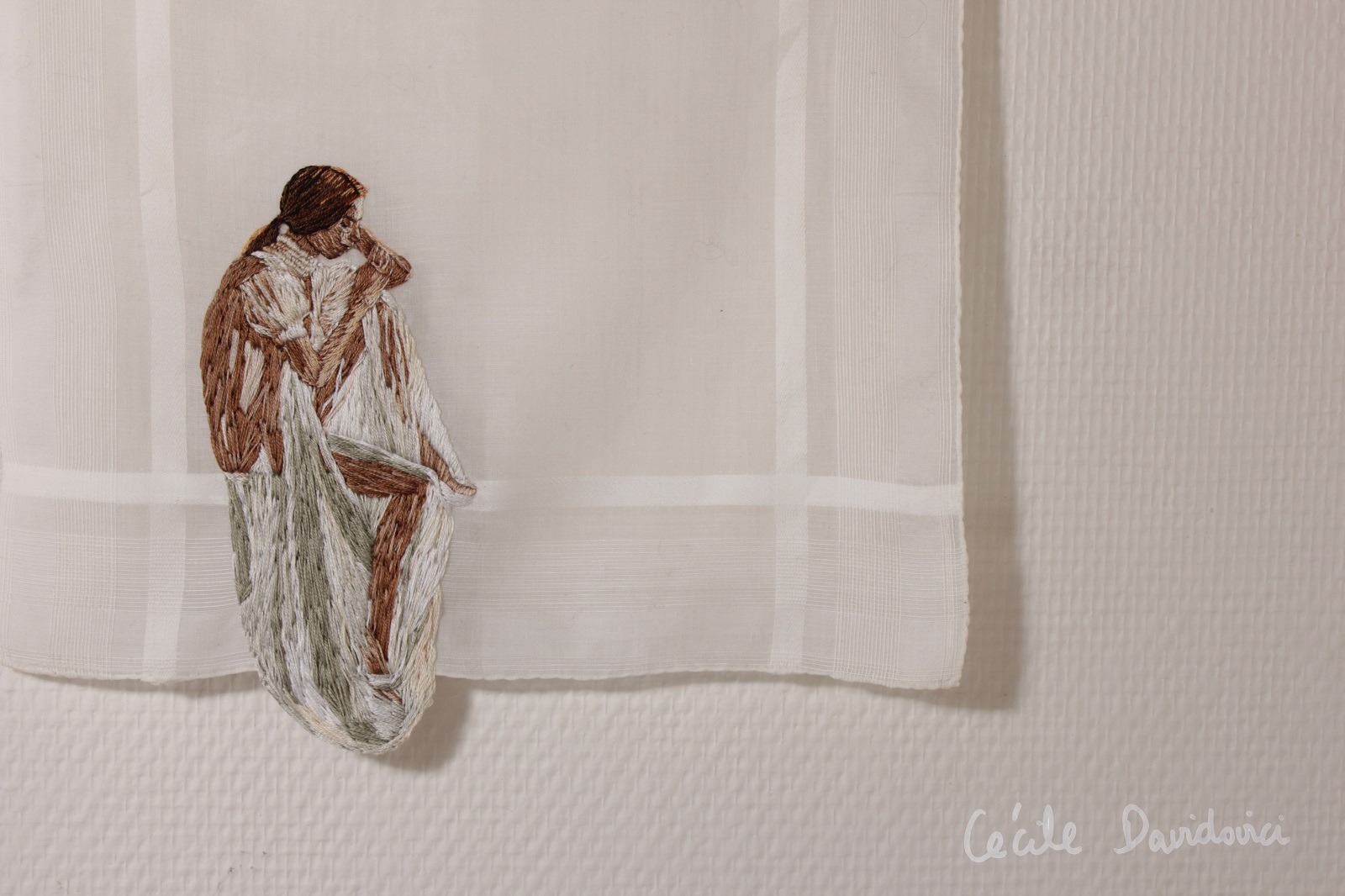
What advice would you give to an aspiring textile artist?
Don’t be afraid to experiment. Take the time to figure out what medium works for you.
Be curious, look around you. Stay open to ideas and work harder!
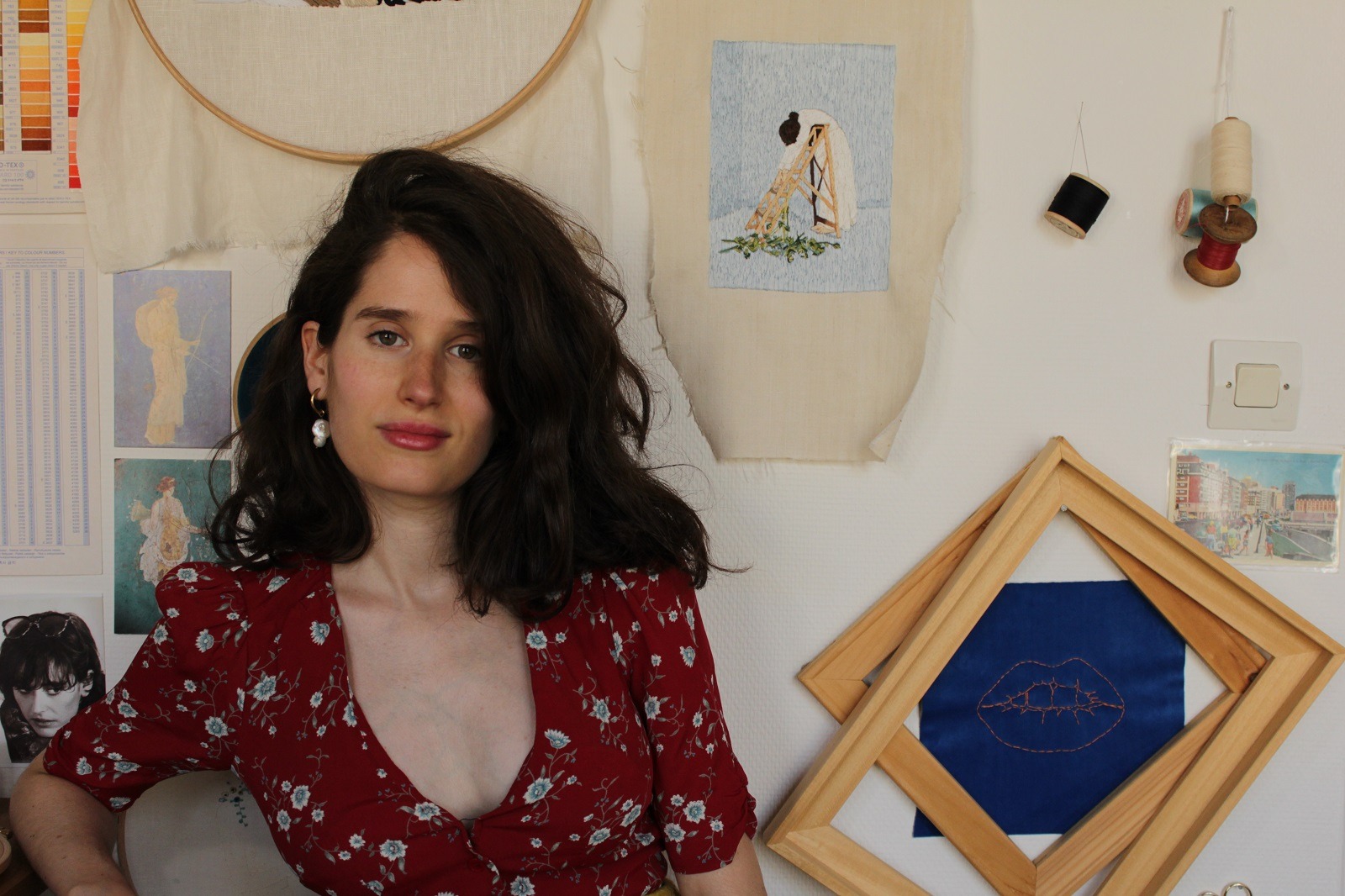
For more information visit www.ceciledavidovici.com
Share Cécile’s work stitching memories on social media using the buttons below.
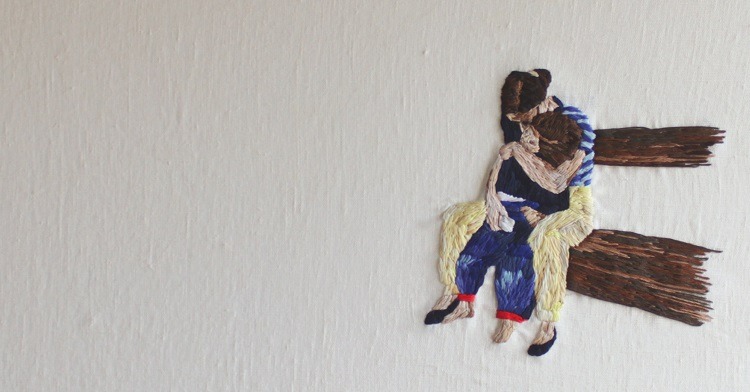

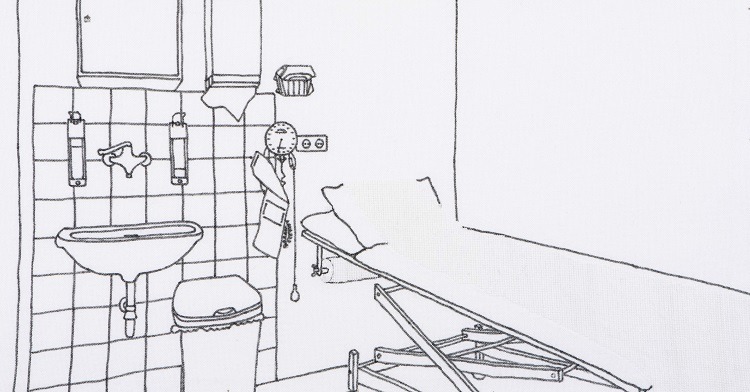
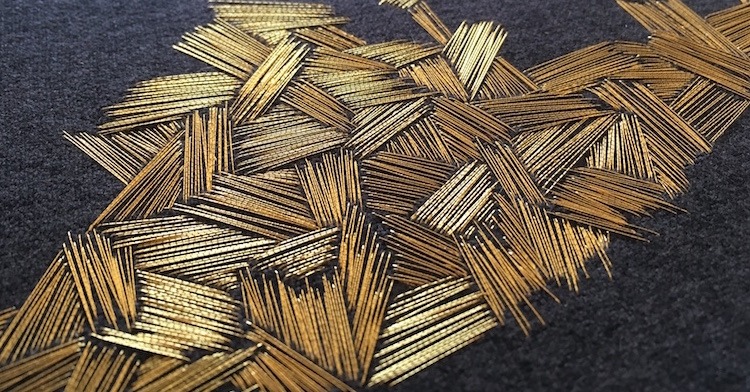
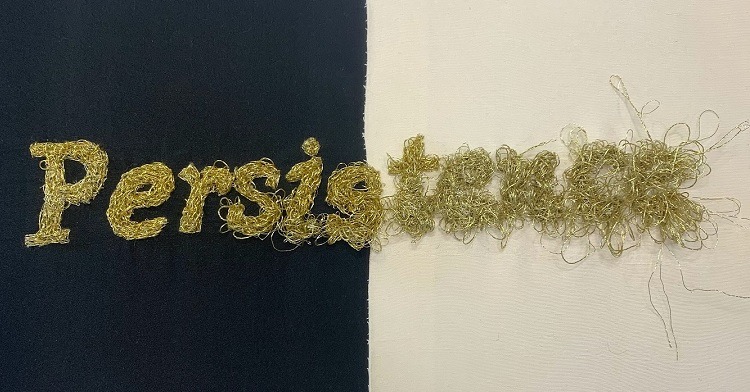
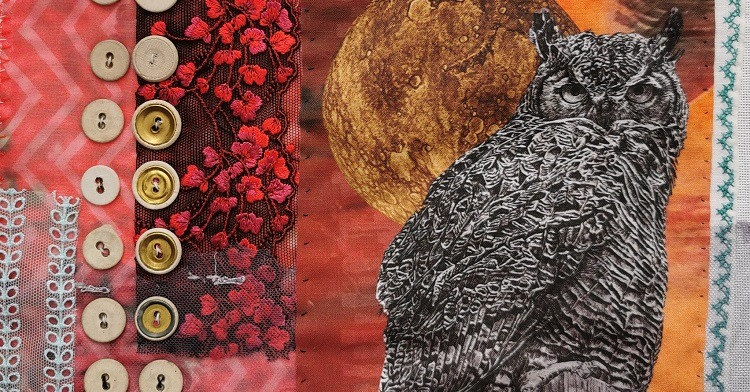

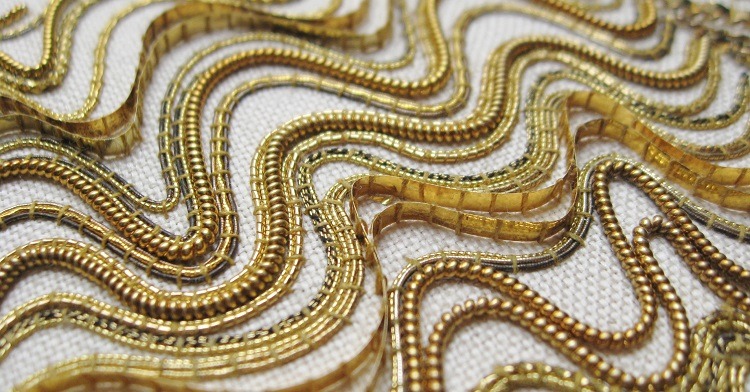
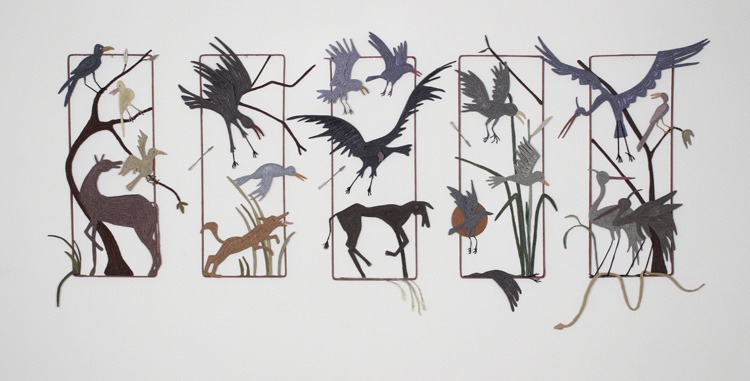
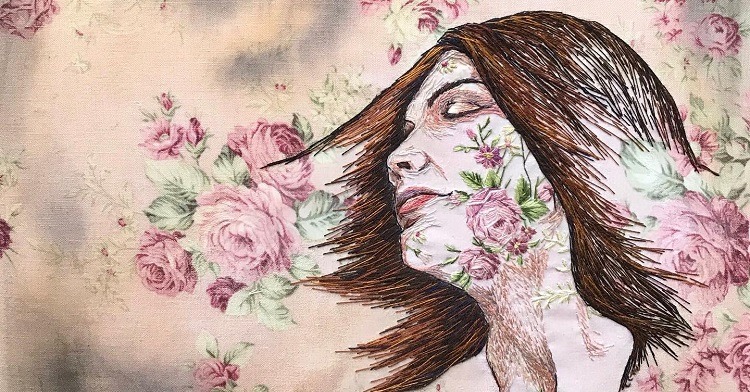
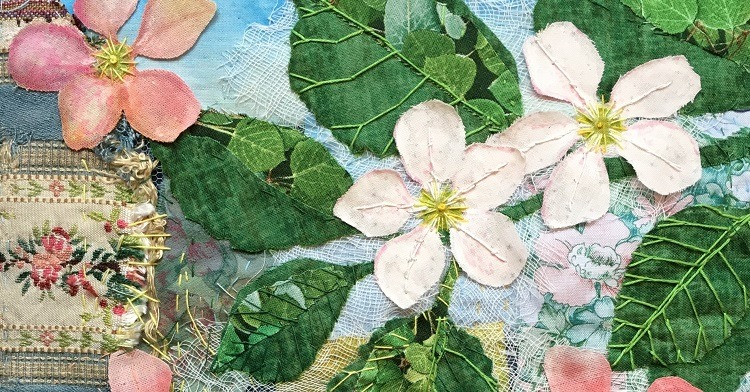
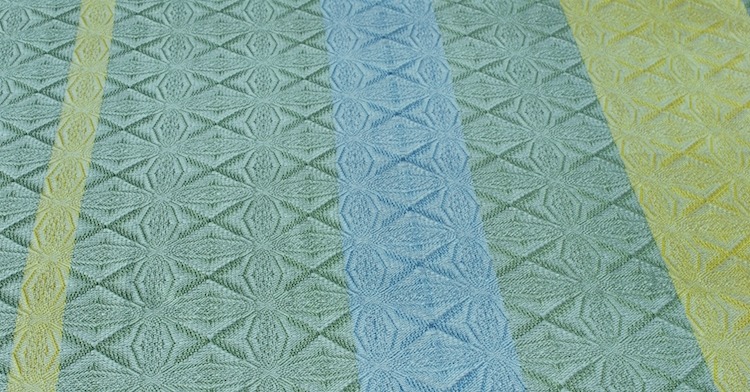
Comments